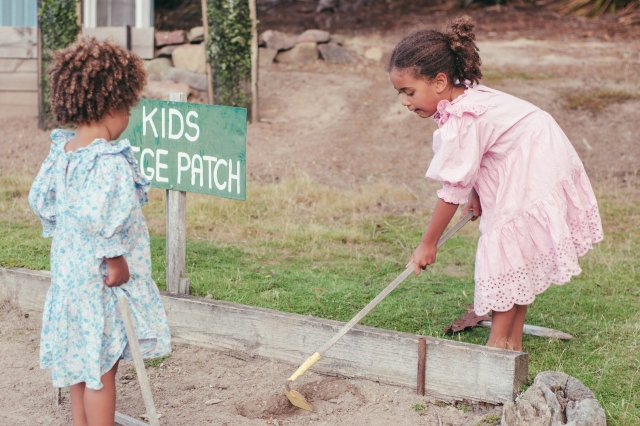A growth mindset, the belief that abilities and intelligence can be developed through dedication and hard work, is essential for success in today's rapidly changing world. Fostering a growth mindset in children is crucial for their personal and academic development, as it promotes resilience, motivation, and a love for learning. Both educators and parents play a significant role in cultivating a growth mindset in students, and integrating Social Emotional Learning (SEL) practices into everyday routines can be a powerful way to do so. In this article, we will explore strategies for fostering a growth mindset in the classroom and at home.
1. Praise effort over ability
To encourage a growth mindset, focus on praising effort and persistence rather than innate talent or intelligence. This helps students understand that hard work and dedication are the keys to success, and that their abilities can be developed and improved over time. For example, instead of saying "You're so smart!" say "You worked really hard on that problem, and it paid off!"
2. Teach the power of "yet"
When students encounter difficulties or setbacks, remind them that they may not have mastered a skill "yet," but with continued effort, they will eventually succeed. This simple shift in language can transform a fixed mindset into a growth mindset, building resilience and determination in the face of challenges. Encourage students to see failure as a learning opportunity and a stepping stone towards success.
3. Encourage goal setting and reflection
Help students set specific, achievable goals for themselves, and provide guidance on how to work towards these goals. Regularly encourage students to reflect on their progress, and celebrate their achievements along the way. This helps to reinforce the idea that growth is a continuous process, and that effort and persistence are critical components of success.
4. Model a growth mindset
As an educator or parent, it is essential to model a growth mindset in your own behavior and language. Share your own experiences of learning from failure, and demonstrate your willingness to take on new challenges and persist in the face of setbacks. This will help students see that everyone, regardless of their age or experience, can continually develop and improve their abilities.
5. Foster a supportive and inclusive learning environment
Create a classroom culture that values collaboration, inclusivity, and mutual support. Encourage students to work together, learn from each other, and celebrate each other's successes. Ensure that all students feel valued and respected, and provide opportunities for students to share their unique perspectives and experiences. This type of environment not only fosters a growth mindset but also promotes Social Emotional Learning by building strong relationships and empathy among students.
6. Provide opportunities for choice and autonomy
Allow students to take ownership of their learning by providing opportunities for choice and autonomy. This can be done through project-based learning, offering various options for assignments, or encouraging students to pursue their interests and passions. When students feel a sense of ownership and control over their learning, they are more likely to develop a growth mindset and embrace the challenges that come with it.
Conclusion
Fostering a growth mindset in the classroom and at home is a powerful way to prepare students for success in a rapidly changing world. By incorporating these strategies into everyday routines, educators and parents can help students develop resilience, motivation, and a love for learning, setting them up for a bright future.






